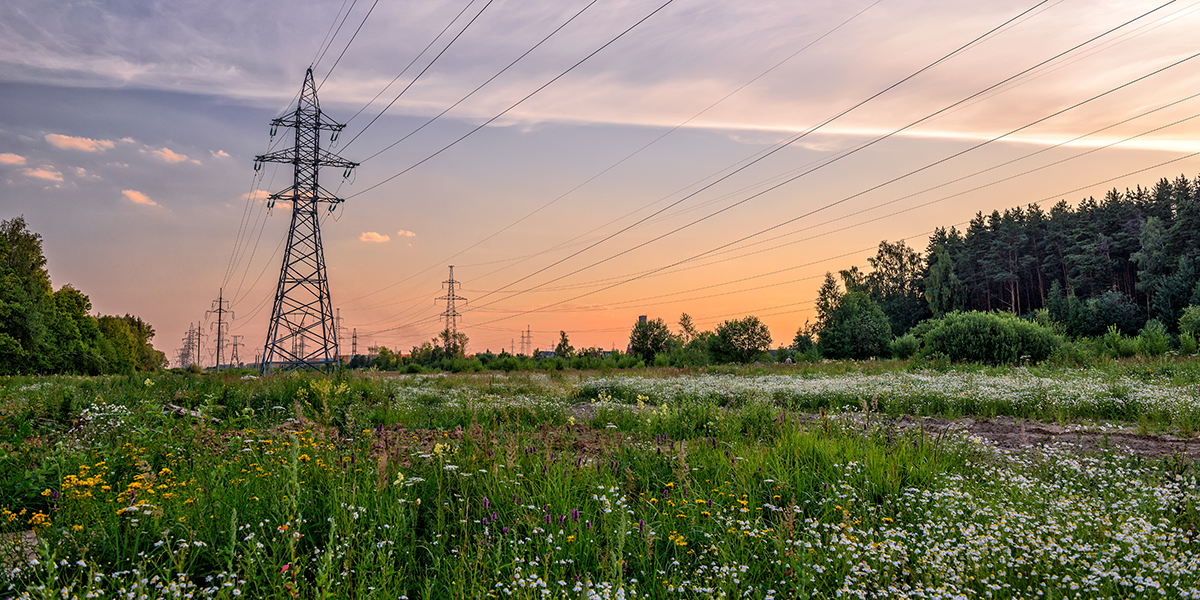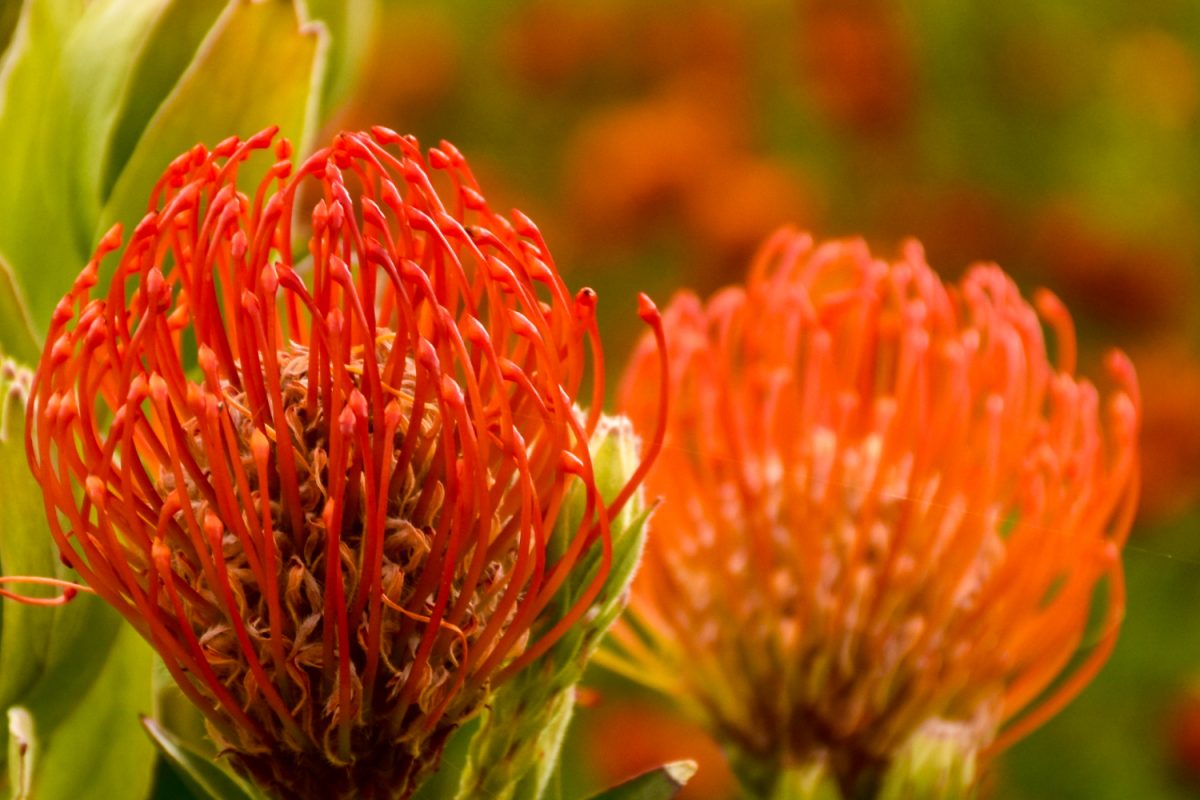The energy that keeps our lights on traverses the landscape along powerlines, railroad tracks, and pipelines through thin strips of land known as rights-of-way. This web of infrastructure, which accounts for millions of acres across the United States, is often perceived as detrimental to habitats and the visual aesthetic of a landscape. However, utilities, transportation agencies, railroads, and other rights-of-way managers are finding that the lands they manage can be assets to the ecosystem and support habitat for species like pollinators.
In 2015, the Rights-of-Way as Habitat Working Group (ROW) formed through the University of Illinois Energy Resources Center as a way for diverse stakeholders to collaborate, share, and identify best management practices for habitat conservation on working landscapes.
An important achievement of this collaboration is the recently released Pollinator Scorecard—a tool for ROW managers to assess and monitor pollinator habitat. The Scorecard is designed to create a common language around pollinator habitat, consistently evaluate habitat on ROW, and help ROW managers understand which management practices are most effective. The Scorecard can also help ROW managers communicate the habitat value that ROW land can provide to industry and the public.
Environmental Incentives supported development of the Pollinator Scorecard by focusing on the Scorecard’s users and designing a multi-tiered, user-friendly tool and User’s Guide. The Scorecard can be easily applied by users of all backgrounds and levels. Higher-tiered assessments provide more robust information than lower tiers and require more training and experience to complete.
By using the Scorecard, ROW managers will be better able to adopt best management practices where they are most beneficial to pollinators. The Scorecard also provides an opportunity to collaborate with other ROW mangers to benefit pollinators, increase their understanding of what pollinator habitat is, and create a consistent monitoring program to provide habitat information over time.
The Pollinator Scorecard is free and available to the public here. To learn more about the Scorecard, watch this introductory webinar or attend the upcoming Rights-of-Way as Habitat Fall Working Group meeting in Cincinnati, Ohio. Environmental Incentives Senior Associate Erik Anderson will provide a brief overview and Scorecard training the morning of September 9, 2019.



